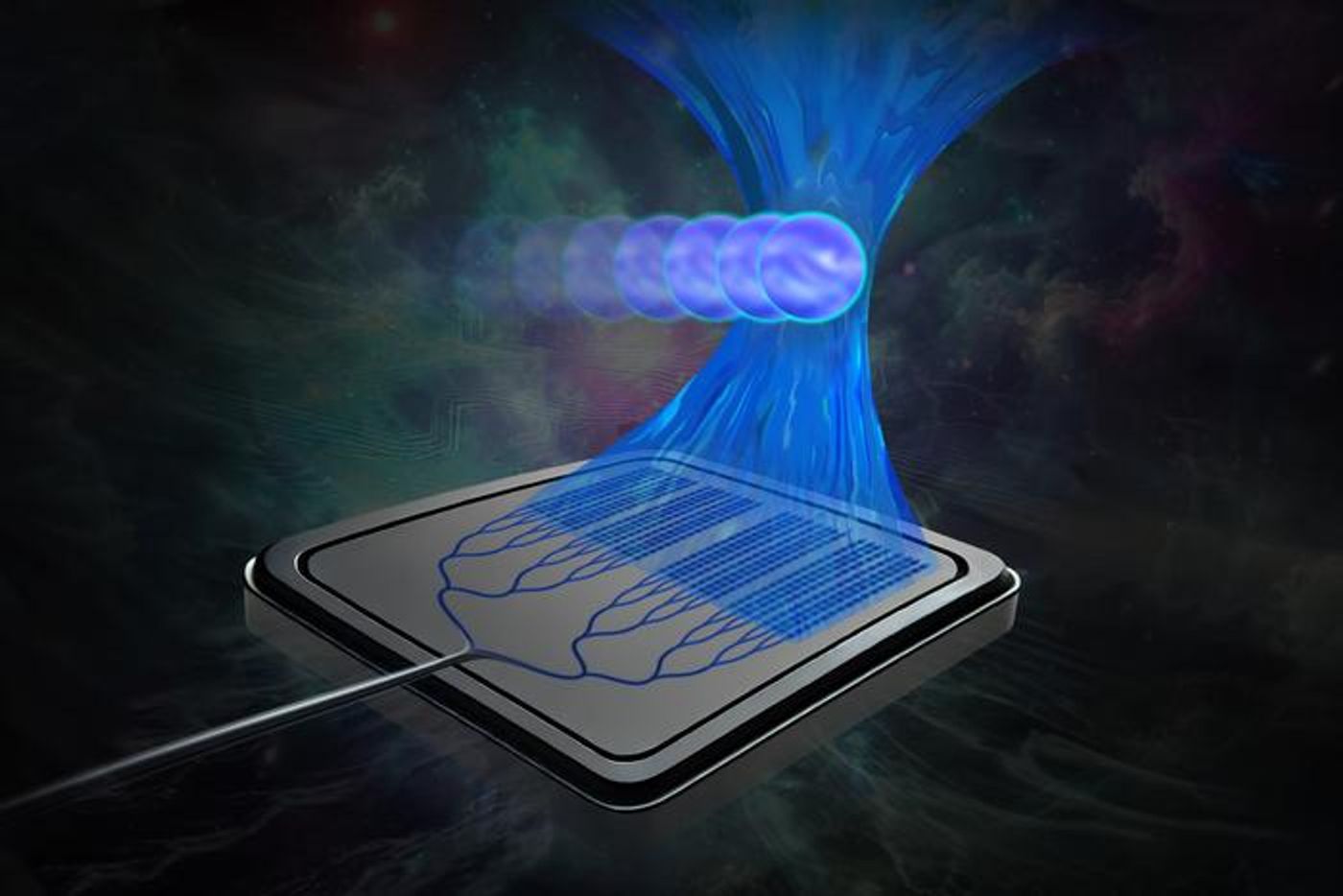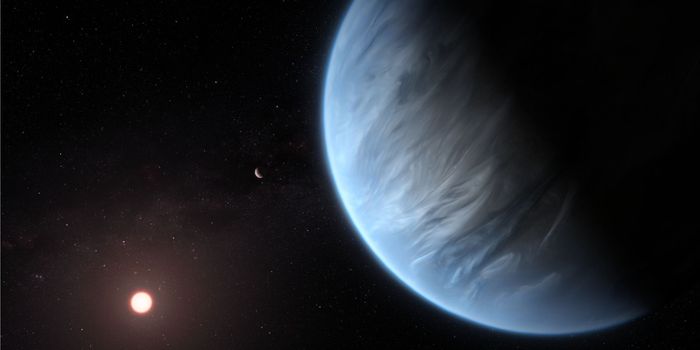MIT Unveils Miniature Chip-Based 'Tractor Beam' for Biological Research
What advancements can be made to improve the efficiency and accuracy of studying worldwide diseases? This is what a recent study published in Nature Communications hopes to address as a team of researchers from the Massachusetts Institute of Technology (MIT) have developed a palm-sized, chip-based device that improves longstanding methods for optical tweezers while acting as a “tractor beam” to grab and manipulate particles within millimeters of the surface, thus preserving the sterility of the cells while enabling more efficient examination.
“This work opens up new possibilities for chip-based optical tweezers by enabling trapping and tweezing of cells at much larger distances than previously demonstrated. It’s exciting to think about the different applications that could be enabled by this technology,” said Dr. Jelena Notaros, who is an assistant professor in the Department of Electrical Engineering and Computer Science at MIT and a co-author on the study.
One of the benefits of this method is the significantly reduced scale of use, as traditional optical tweezers are large and bulky. Another benefit of this method is that it acts as a “tractor beam” since the light they use to grab and manipulate the particles don’t actually come in contact with the particles. With the success of demonstrating their ability to conduct cell experiments with this new method, this could open doors for advancements in biological experiments, specifically for studying worldwide diseases.
Rendition of the chip-based "tractor-beam" that was the focus of this study. (Credit: Sampson Wilcox, RLE)
“No one had created silicon-photonics-based optical tweezers capable of trapping microparticles over a millimeter-scale distance before. This is an improvement of several orders of magnitude higher compared to prior demonstrations,” said Dr. Notaros.
How will this new optical tweezer help improve studying diseases in the coming years and decades? Only time will tell, and this is why we science!
As always, keep doing science & keep looking up!
Sources: Nature Communications, EurekAlert!, MIT News









